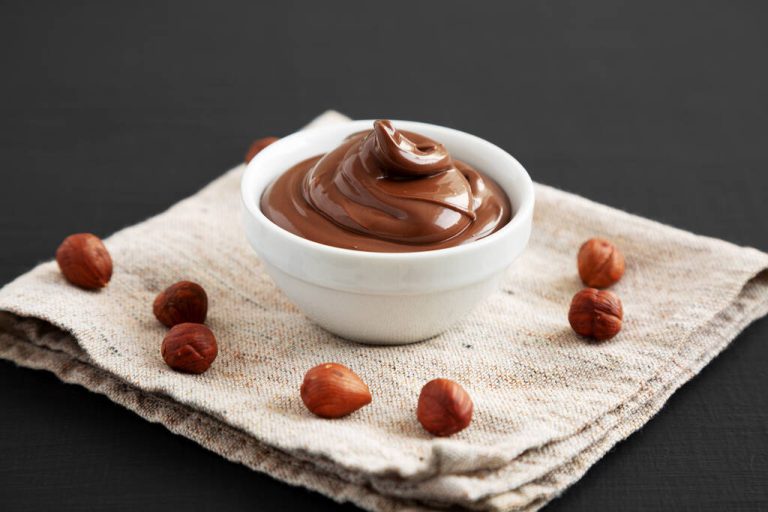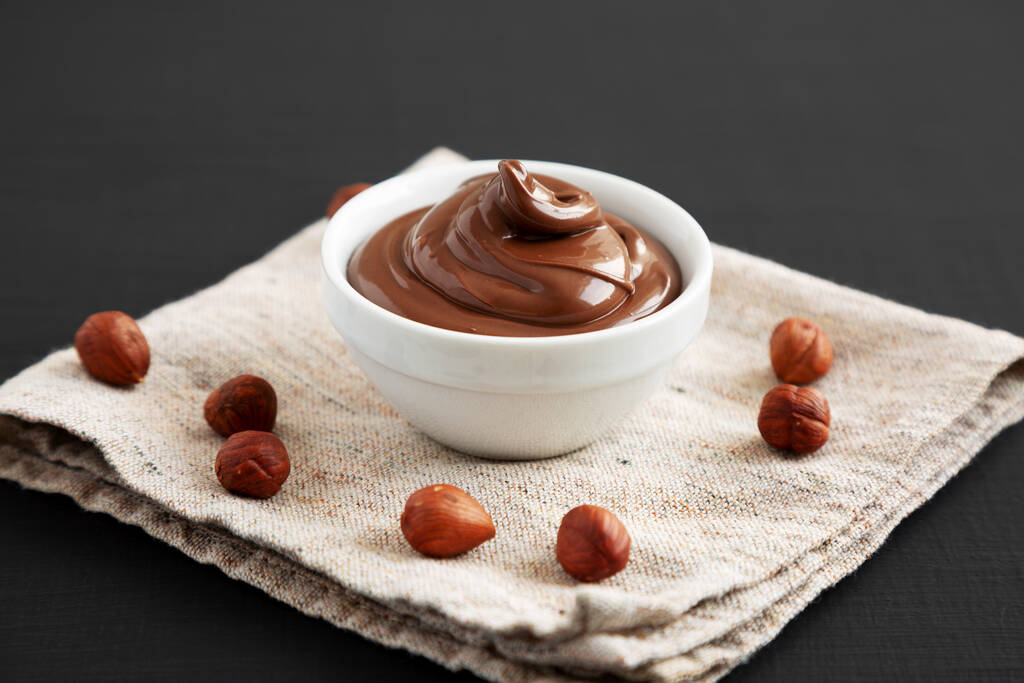Introduction: The Perception of Italian Cuisine
Italian cuisine is known worldwide for its rich flavors and exquisite dishes. When people think of Italian food, they often associate it with pasta and pizza. While these foods are indeed an integral part of Italian cuisine, there is so much more to it than just these two dishes. In this article, we will explore the history, diversity, and complexity of Italian cuisine beyond the stereotypes.
A Brief History of Italian Cuisine
Italian cuisine has a long and rich history that dates back to ancient Rome. The Romans were known for their elaborate meals, which consisted of multiple courses, including meat, fish, vegetables, and fruits. Over time, Italian cuisine has evolved and adapted to various influences, including Arab, Greek, and Spanish.
In the Middle Ages, the concept of regional cuisine emerged, and Italy’s various regions became known for their unique dishes and cooking styles. Today, Italian cuisine is a mix of traditional and modern recipes, with each region having its own specialties and ingredients.
Beyond Pasta and Pizza: Regional Dishes
While pasta and pizza are undoubtedly some of the most popular Italian dishes, there is much more to discover. Each region of Italy has its own culinary traditions and specialties, from the rich sauces of Emilia-Romagna to the seafood of the Amalfi Coast. In the north, dishes like risotto, polenta, and hearty stews are prevalent. In the south, fresh seafood, pasta dishes, and simple tomato sauces dominate.
Some lesser-known regional dishes include Cacio e Pepe from Rome, a simple but delicious pasta dish made with Pecorino Romano cheese and black pepper. In Sicily, Arancini, fried rice balls stuffed with meat, cheese, and tomato sauce, are a popular street food.
The Importance of Fresh Ingredients in Italian Cuisine
One of the essential aspects of Italian cuisine is the use of fresh, high-quality ingredients. From sun-ripe tomatoes to freshly caught seafood, the quality of ingredients directly impacts the taste of the final dish. Italian cuisine is also known for its simplicity, with many traditional recipes consisting of just a few ingredients.
This emphasis on fresh and simple ingredients is also why Italian cuisine is so healthy. The Mediterranean diet, which includes a lot of plant-based foods, fish, and olive oil, has been linked to numerous health benefits, including a reduced risk of heart disease and stroke.
Italian Cuisine Abroad: Adaptation and Stereotyping
As Italian cuisine has become popular worldwide, it has also been adapted to local tastes. In the United States, for example, pizza and pasta dishes often have more cheese and heavier sauces than their Italian counterparts. In Japan, there is a popular dish called spaghetti Napolitan, which is spaghetti cooked with ketchup, and in Australia, an Italian-inspired dish called chicken parmigiana is a pub favorite.
Unfortunately, Italian cuisine has also been stereotyped and reduced to just pizza and pasta. While these dishes are undoubtedly delicious, they do not represent the full spectrum of Italian cuisine.
Conclusion: The Diversity of Italian Cuisine
Italian cuisine is much more than just pizza and pasta. With its rich history, regional specialties, and emphasis on fresh ingredients, Italian cuisine is diverse, complex, and constantly evolving. From the hearty stews of the north to the seafood of the south, there is something for everyone to discover and savor. So, the next time you think of Italian cuisine, remember that there is so much more to it than just pizza and pasta.






















